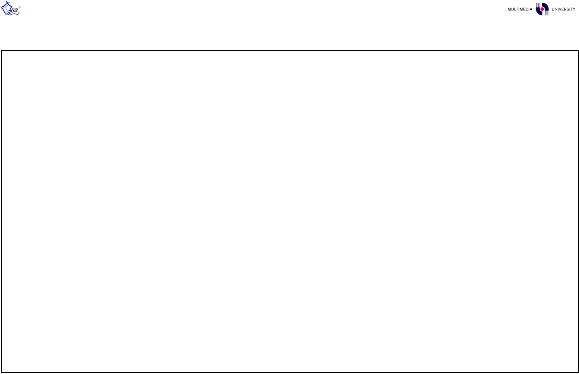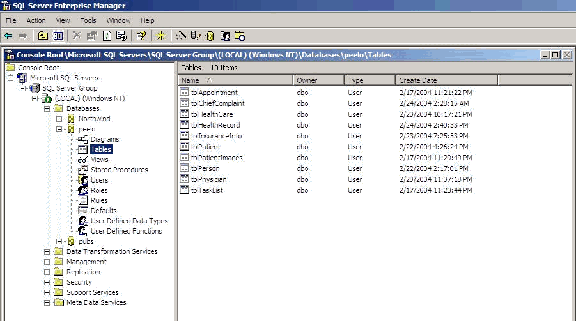


FYP Final Report v1.0.0
Copyright and All Rights Reserved To: Pee-Lo Team @2003/04
24
Figure 4: Microsoft SQL Server 2000
3.4 XML Web Services Layer
This layer is the major focus on our system. All programming and business logic dwell in this layer.
We will explain how this layer is coded, works and all this major components in a separate section.
First, we need to explain how the Web Services work.
Think of a web service as a function your programs can use to accomplish specific tasks. Just as a
function can receive (and possibly change) parameter values, so too can a web service. Likewise,
just as functions often return a value to the calling program, so too can a web service.
What makes a web service different from a traditional function is that the code for the web service
resides on a remote server. Before a program can use a web service, the PC running the program
must have a network connection (a dial-up connection will suffice).
When your program calls a web service (using a function call), your program, as shown in Figure 5,
will send a network message to the server that specifies the desired service. If the web service
requires parameters, the message will include values for each.

